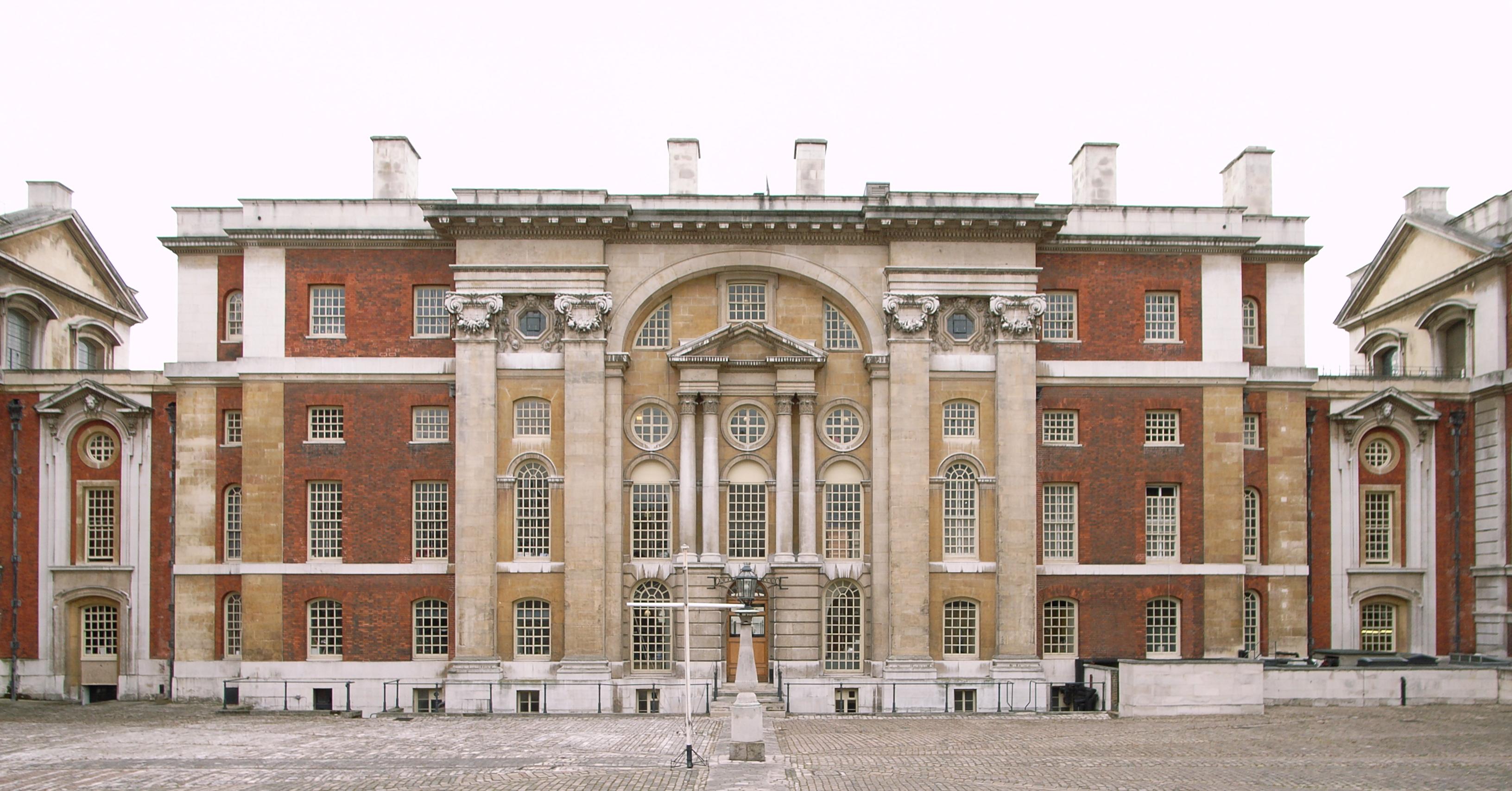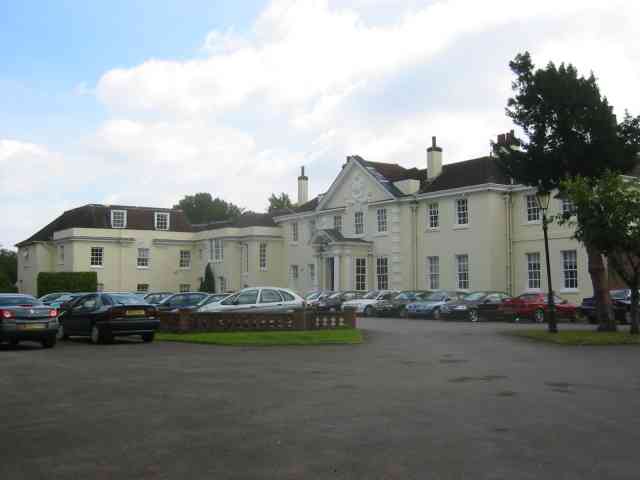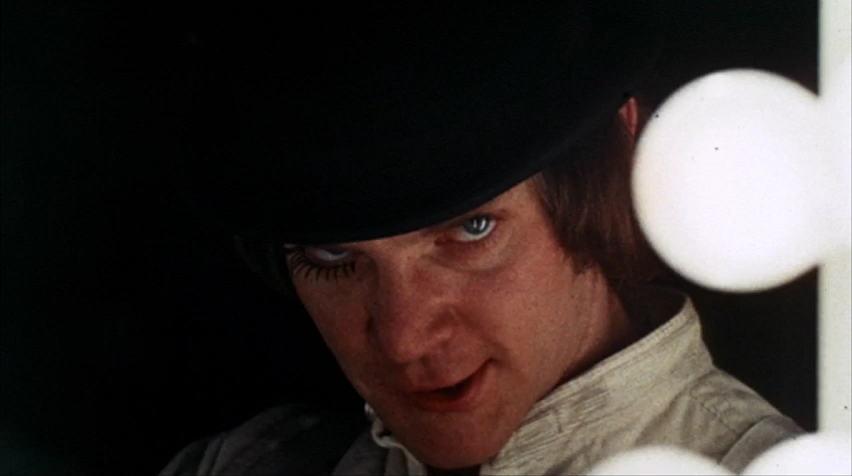|
Shenley, Hertfordshire
Shenley is a village and civil parish in Hertfordshire, England, between Barnet and St Albans. The village is located 14 miles from Central London. History The history of Shenley stretches back a thousand years or more – it is mentioned in the Domesday Book of 1086. The name Shenley is based on the Anglo-Saxon Scenlai, Scenlei or Senlai, which means ‘fair or bright clearing or wood’. In the early Middle Ages, southwest Hertfordshire was heavily wooded, with isolated farmsteads or hamlets in forest clearings. Shenley would have been one of these settlements. By the 14th century, Shenley was considered to be a convenient parish for a country estate, being within reasonable reach of London. Its pure air, after the smoke and fog of the city made it a healthy place to live. The present village of Shenley apparently grew to accommodate the families of those providing a variety of services for the country estates of the gentry. Parish registers, dating back to 1657, include ser ... [...More Info...] [...Related Items...] OR: [Wikipedia] [Google] [Baidu] |
United Kingdom Census 2011
A Census in the United Kingdom, census of the population of the United Kingdom is taken every ten years. The 2011 census was held in all countries of the UK on 27 March 2011. It was the first UK census which could be completed online via the Internet. The Office for National Statistics (ONS) is responsible for the census in England and Wales, the General Register Office for Scotland (GROS) is responsible for the census in Scotland, and the Northern Ireland Statistics and Research Agency (NISRA) is responsible for the census in Northern Ireland. The Office for National Statistics is the executive office of the UK Statistics Authority, a non-ministerial department formed in 2008 and which reports directly to Parliament. ONS is the UK Government's single largest statistical producer of independent statistics on the UK's economy and society, used to assist the planning and allocation of resources, policy-making and decision-making. ONS designs, manages and runs the census in England an ... [...More Info...] [...Related Items...] OR: [Wikipedia] [Google] [Baidu] |
Mary Of Teck
Mary of Teck (Victoria Mary Augusta Louise Olga Pauline Claudine Agnes; 26 May 186724 March 1953) was List of British royal consorts, Queen of the United Kingdom and the British Dominions, and Empress of India, from 6 May 1910 until 20 January 1936 as the wife of King-Emperor George V. Born and raised in the United Kingdom of Great Britain and Ireland, United Kingdom, Mary was the daughter of Francis, Duke of Teck, a German nobleman, and Princess Mary Adelaide of Cambridge, a granddaughter of King George III and a minor member of the British royal family. She was informally known as "May", after the month of her birth. At the age of 24, she was betrothed to her second cousin once removed Prince Albert Victor, Duke of Clarence and Avondale, the eldest son of the Edward VII, Prince of Wales and second in line to the throne. Six weeks after the announcement of the engagement, he died unexpectedly during an 1889–1890 pandemic, influenza pandemic. The following year, she became ... [...More Info...] [...Related Items...] OR: [Wikipedia] [Google] [Baidu] |
Nicholas Hawksmoor
Nicholas Hawksmoor (probably 1661 – 25 March 1736) was an English architect. He was a leading figure of the English Baroque style of architecture in the late-seventeenth and early-eighteenth centuries. Hawksmoor worked alongside the principal architects of the time, Christopher Wren and John Vanbrugh, and contributed to the design of some of the most notable buildings of the period, including St Paul's Cathedral, Wren's City of London churches, Greenwich Hospital, Blenheim Palace and Castle Howard. Part of his work has been correctly attributed to him only relatively recently, and his influence has reached several poets and authors of the twentieth century. Life Hawksmoor was born in Nottinghamshire in 1661, into a yeoman farming family, almost certainly in East Drayton or Ragnall, Nottinghamshire. On his death he was to leave property at nearby Ragnall, Dunham and a house and land at Great Drayton. It is not known where he received his schooling, but it was probably ... [...More Info...] [...Related Items...] OR: [Wikipedia] [Google] [Baidu] |
English Baroque
English Baroque is a term used to refer to modes of English architecture that paralleled Baroque architecture in continental Europe between the Great Fire of London (1666) and roughly 1720, when the flamboyant and dramatic qualities of Baroque art were abandoned in favour of the more chaste, rule-based neo-classical forms espoused by the proponents of Palladianism. It is primarily embodied in the works of Christopher Wren, Nicholas Hawksmoor, John Vanbrugh, and James Gibbs, although a handful of lesser architects such as Thomas Archer also produced buildings of significance. In domestic architecture and interior decor, Baroque qualities can sometimes be seen in the late phase of the Restoration style, the William and Mary style, the Queen Anne style, and early Georgian architecture. Development Sir Christopher Wren presided over the genesis of the English Baroque manner, which differed from the continental models by clarity of design, a less restless taste in carving and e ... [...More Info...] [...Related Items...] OR: [Wikipedia] [Google] [Baidu] |
Edwin Lutyens
Sir Edwin Landseer Lutyens ( ; 29 March 1869 – 1 January 1944) was an English architect known for imaginatively adapting traditional architectural styles to the requirements of his era. He designed many English country houses, war memorials and public buildings. In his biography, the writer Christopher Hussey wrote, "In his lifetime (Lutyens) was widely held to be our greatest architect since Wren if not, as many maintained, his superior". The architectural historian Gavin Stamp described him as "surely the greatest British architect of the twentieth (or of any other) century". Lutyens played an instrumental role in designing and building New Delhi, which would later on serve as the seat of the Government of India. In recognition of his contribution, New Delhi is also known as "Lutyens' Delhi". In collaboration with Sir Herbert Baker, he was also the main architect of several monuments in New Delhi such as the India Gate; he also designed Viceroy's House, which is now k ... [...More Info...] [...Related Items...] OR: [Wikipedia] [Google] [Baidu] |
Shenley Hall
Shenley Hall is a Grade II listed English country house at Shenley in Hertfordshire. History Built in the 19th century, the hall benefited from additions by Sir Edwin Lutyens in 1914 just before World War I World War I (28 July 1914 11 November 1918), often abbreviated as WWI, was one of the deadliest global conflicts in history. Belligerents included much of Europe, the Russian Empire, the United States, and the Ottoman Empire, with fightin .... The hall featured in several episodes of The Avengers in the 1960s. Now owned by a transport software business, it is set in 16 acres of parkland and is Grade II listed. References {{Listed buildings in Hertfordshire Country houses in Hertfordshire Grade II listed buildings in Hertfordshire Works of Edwin Lutyens in England Shenley ... [...More Info...] [...Related Items...] OR: [Wikipedia] [Google] [Baidu] |
Cricket Pavilion
A cricket pavilion is a pavilion at a cricket ground. It is the main building within which the players usually change in dressing rooms and which is the main location for watching the cricket match for members and others. Pavilions can vary from modest and purely practical buildings at small venues to large and imposing edifices at some of the historic grounds where Test cricket is played. Historic pavilions The pavilions at Lord's Cricket Ground and The Oval are typical of the Victorian architectural style often seen at most famous English grounds. The cricket pavilion in the University Parks at Oxford was designed by the leading Victorian architect Sir Thomas Graham Jackson. Other famous historical pavilions are Old Trafford and the Members Pavilion at the Sydney Cricket Ground. Entry is only enabled for members. Their seats are reserved by a member or player. A non-member is not entitled to enter the Members Pavilion. Image:Lord's Pavilion.jpg, The pavilion at Lord's Cricke ... [...More Info...] [...Related Items...] OR: [Wikipedia] [Google] [Baidu] |
Shenley Cricket Centre
The Denis Compton Oval is a cricket ground located at the Shenley Cricket Centre in Shenley, Hertfordshire, England. The ground was opened by Denis Compton and the main ground was named in his honour. At the heart of the centre is the 19th-century pavilion, originally designed by the legendary cricketer W. G. Grace. Domestic cricket The first recorded match on the ground was in 1993, when Hertfordshire played the Marylebone Cricket Club. Their first Minor Counties Championship match played on the ground was between Hertfordshire and Staffordshire. From 1995 to 2000, the ground played host to 5 Minor Counties Championship matches and 8 MCCA Knockout Trophy matches. The ground has played host to a number of first-class matches. The first first-class match played on the ground was in 1996 and was contested between the Marylebone Cricket Club and South Africa A. The Marylebone Cricket Club have used the ground for 2 further first-class matches in 1997 and 1999. Middlesex hav ... [...More Info...] [...Related Items...] OR: [Wikipedia] [Google] [Baidu] |
Eddie Chapman
Edward Arnold Chapman (16 November 1914 – 11 December 1997) was an English criminal and wartime spy. During the Second World War he offered his services to Nazi Germany as a spy and subsequently became a British double agent. His British Secret Service handlers codenamed him ''Agent Zigzag'' in acknowledgement of his erratic personal history. He had a number of criminal aliases known by the British police, amongst them Edward Edwards, Arnold Thompson and Edward Simpson. His German codename was ''Fritz'' or, later, after endearing himself to his German contacts, its diminutive form of ''Fritzchen''. Background Chapman was born on 16 November 1914 in Burnopfield, County Durham, England. His father was a former marine engineer who ended up as a publican in Roker. The family (Chapman was the eldest of three children) had a reputation for disobedience, and Chapman received little in the way of parental guidance. Despite being bright, he regularly played truant from school to go ... [...More Info...] [...Related Items...] OR: [Wikipedia] [Google] [Baidu] |
A Clockwork Orange (film)
''A Clockwork Orange'' is a 1971 dystopian crime film adapted, produced, and directed by Stanley Kubrick, based on Anthony Burgess's 1962 novel of the same name. It employs disturbing, violent images to comment on psychiatry, juvenile delinquency, youth gangs, and other social, political, and economic subjects in a dystopian near-future Britain. Alex (Malcolm McDowell), the central character, is a charismatic, antisocial delinquent whose interests include classical music (especially Beethoven), committing rape, theft, and ultra-violence. He leads a small gang of thugs, Pete (Michael Tarn), Georgie ( James Marcus), and Dim (Warren Clarke), whom he calls his ''droogs'' (from the Russian word друг, which is "friend", "buddy"). The film chronicles the horrific crime spree of his gang, his capture, and attempted rehabilitation via an experimental psychological conditioning technique (the "Ludovico Technique") promoted by the Minister of the Interior ( Anthony Sharp). Alex ... [...More Info...] [...Related Items...] OR: [Wikipedia] [Google] [Baidu] |
Stanley Kubrick
Stanley Kubrick (; July 26, 1928 – March 7, 1999) was an American film director, producer, screenwriter, and photographer. Widely considered one of the greatest filmmakers of all time, his films, almost all of which are adaptations of novels or short stories, cover a wide range of genres and are noted for their innovative cinematography, Black comedy, dark humor, realistic attention to detail and extensive set designs. Kubrick was raised in the Bronx, New York City, and attended William Howard Taft High School (New York City), William Howard Taft High School from 1941 to 1945. He received average grades but displayed a keen interest in literature, photography, and film from a young age, and taught himself all aspects of film production and directing after graduating from high school. After working as a photographer for ''Look (American magazine), Look'' magazine in the late 1940s and early 1950s, he began making short films on shoestring budgets, and made his first major Ho ... [...More Info...] [...Related Items...] OR: [Wikipedia] [Google] [Baidu] |
Listed Building
In the United Kingdom, a listed building or listed structure is one that has been placed on one of the four statutory lists maintained by Historic England in England, Historic Environment Scotland in Scotland, in Wales, and the Northern Ireland Environment Agency in Northern Ireland. The term has also been used in the Republic of Ireland, where buildings are protected under the Planning and Development Act 2000. The statutory term in Ireland is " protected structure". A listed building may not be demolished, extended, or altered without special permission from the local planning authority, which typically consults the relevant central government agency, particularly for significant alterations to the more notable listed buildings. In England and Wales, a national amenity society must be notified of any work to a listed building which involves any element of demolition. Exemption from secular listed building control is provided for some buildings in current use for worship, ... [...More Info...] [...Related Items...] OR: [Wikipedia] [Google] [Baidu] |


.jpg)

_double.jpg)

.jpg)
